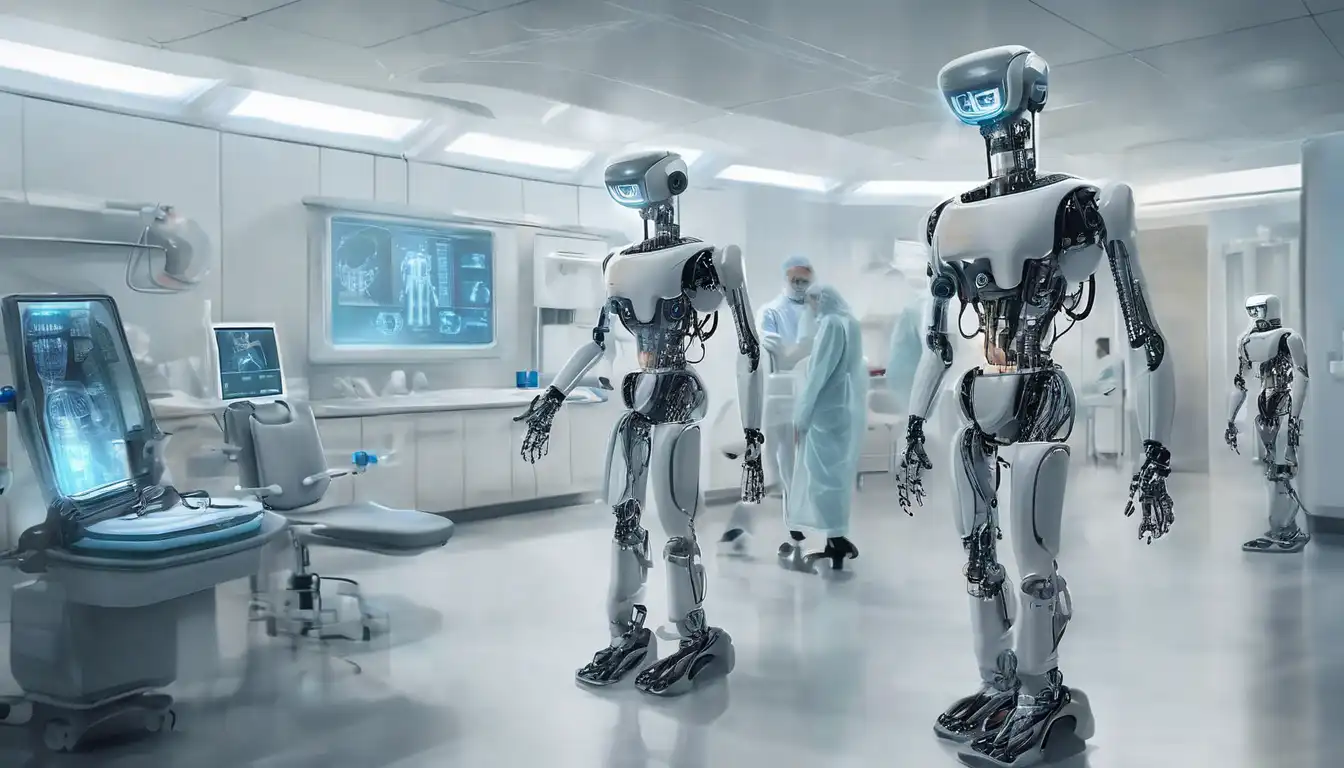The Next Era of Robotics in Healthcare
The integration of robotics into healthcare is transforming patient care, surgical procedures, and rehabilitation processes. This technological advancement is not just a glimpse into the future; it's a present reality that's reshaping the medical field. From robotic-assisted surgeries to automated patient monitoring systems, the potential for improved efficiency, accuracy, and patient outcomes is immense.
Robotic-Assisted Surgeries: Precision and Efficiency
One of the most significant contributions of robotics in healthcare is in the realm of surgery. Robotic-assisted surgeries allow for unparalleled precision, reducing human error and improving patient recovery times. These systems, such as the renowned Da Vinci Surgical System, enable surgeons to perform complex procedures with more control and flexibility than conventional techniques permit.
Automated Patient Monitoring and Care
Beyond the operating room, robotics plays a crucial role in patient monitoring and care. Automated systems can track patient vitals around the clock, alerting healthcare providers to any concerning changes. This not only enhances patient safety but also alleviates the workload on medical staff, allowing them to focus on more critical tasks.
Rehabilitation Robotics: A New Hope for Recovery
Rehabilitation robotics is another area where technology is making a profound impact. Devices such as exoskeletons and robotic limbs are providing patients with mobility impairments the opportunity to regain movement and independence. These innovations are not only improving quality of life but are also offering new hope for recovery where traditional methods have fallen short.
The Future is Now
The future of robotics in healthcare is bright, with ongoing research and development paving the way for even more groundbreaking applications. As technology continues to evolve, the possibilities for its integration into healthcare are limitless. From AI-driven diagnostics to robotic nurses, the next era of medical care is here, and it's robotic.
Embracing these advancements requires not only technological innovation but also a shift in how we perceive healthcare delivery. The potential for robotics to enhance patient care, improve outcomes, and reduce costs is undeniable. As we move forward, the collaboration between engineers, healthcare professionals, and patients will be crucial in harnessing the full potential of robotics in healthcare.
Conclusion
The revolution of robotics in healthcare is well underway, offering a glimpse into a future where technology and medicine merge to create unparalleled patient care. With each advancement, we step closer to a world where healthcare is more accessible, efficient, and effective for all. The future of robotics in healthcare is not just about the technology itself but about the lives it can improve and save.
